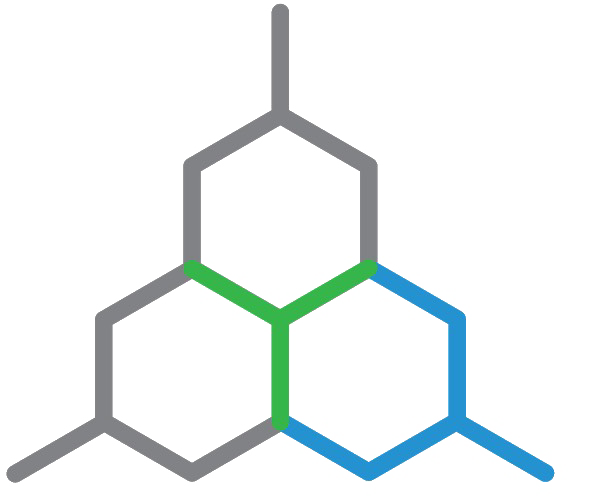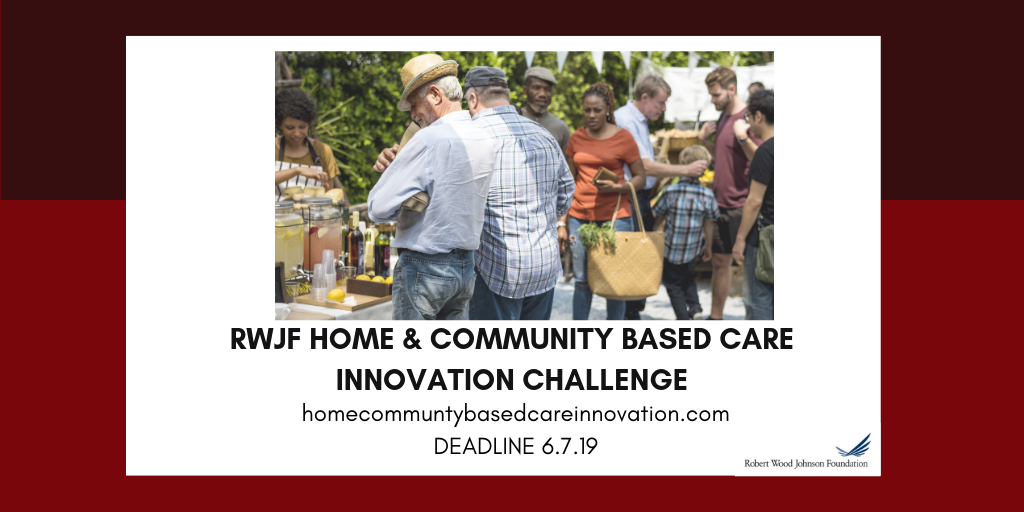In an AARP survey of 2000 adults, 6 out of 10 respondents indicated they prefer to stay in their home and community for as long as possible. This desire increases with age; more than 75% of adults over 50 would rather remain in a familiar environment where they have strong connections to friends, neighbors, and businesses. However, for the elderly and people with chronic illness or disabilities, remaining at home can be difficult. These populations require services that are often provided at long term care facilities (e.g. nursing homes) and/or formal medical settings-- which can be costly, inconvenient, and inefficient.
Individuals of all ages across the health spectrum have also expressed interest in receiving health services in the home or community as a means to access higher quality and convenient care. With consumer demand for patient-centered care, the U.S. healthcare system has steadily steered away from institutional services in favor of home and community-based services (HCBS). Since 2013, Medicaid expenditures for HCBS has continued to exceed spending for institutional services. HCBS now accounts for 55% of Medicaid Long Term Care spending.
As the largest payor for healthcare in the United States, the Center for Medicare and Medicaid Services (CMS), is often the first to experiment and adopt new care delivery models. With Medicaid’s perceived benefits with HCBS, the CMS has also changed what is covered under Medicare Advantage (MA) to accommodate for the transition towards home and community based care. In 2018, CMS added “non-medical in-home care” as a supplemental benefit for 2019 MA plans. This year, CMS continued to broaden the range of supplemental benefits for MA 2020 to cover any benefits “that have a reasonable expectation of improving or maintaining the health or overall function” of beneficiaries with chronic conditions or illnesses.
In one short, powerful clause, CMS opens the gateway to address previously neglected factors such as the home, social environment, transportation, and more. of chronically ill patients. As listed in the announcement, items and services that are covered may include but are not limited to:
● Meals furnished to the enrollee beyond a limited basis
● Transportation for non-medical needs
● Pest control
● Indoor air quality equipment and services
● Other benefits to address social needs
Health insurers and providers, especially home and community based care providers, are eager to take advantage of this addition. However, they need new ways to include such services in their care delivery. Unconventional care models, as well as novel technologies to support care delivery outside of medical institutions are essential. Therefore, the Robert Wood Johnson Foundation (RWJF), in partnership with Catalyst @ Health 2.0, has launched the “Home & Community-Based Care Challenge,” to encourage developers to create solutions that support the advancement of at-home or community based health care. Examples include but are not limited to:
● coaching app to engage consumers with their healthcare
● non-intrusive sensors for at home monitory of acute disease patients
● apps to support caretakers with burnout
In this multi-phase challenge, innovators are asked to submit tech-enabled solutions addressing home and community based care. Subject matter experts will evaluate the entries and select the top five teams who will move onto Phase II. The five semi-finalists will be awarded $5,000 each to further develop their application or tool. Then, three finalists will be chosen at the end of Phase II to compete at a live pitch event! They will demo their technology in front of a captivated audience of investors, provider organizations, and members of the media at a prominent health conference. Judges will select the first, second, and third place winners live. Winners will be awarded $40,000 for first place, $25,000 for second place, and $10,000 for third place.
The challenge is open to innovators and companies at any stage of development. If you are interested in applying, the competition is now accepting Phase I applications and the deadline to submit is June 7th, 2019 11:59 PM EDT.
To learn more about the challenge, please visit the website. To sign up for updates on the challenge, please click here.

